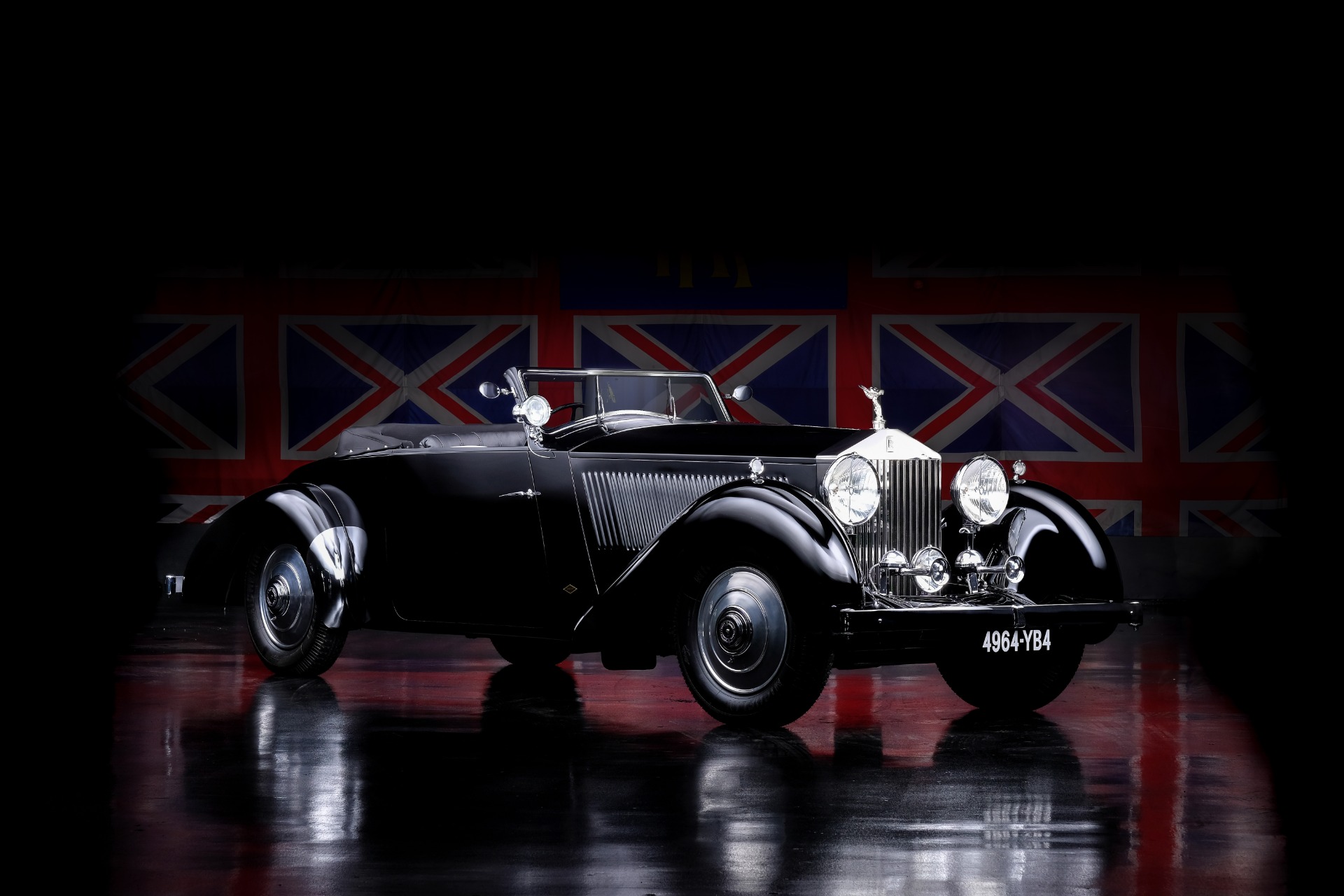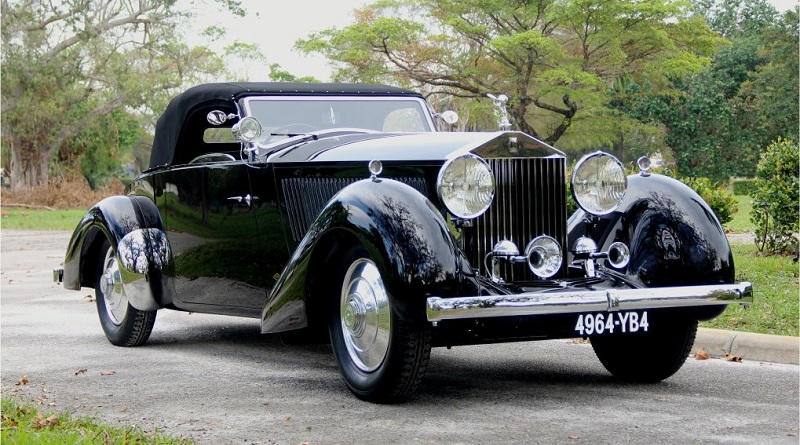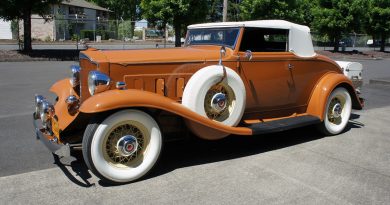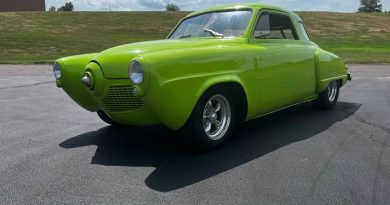1931 Rolls-Royce Phantom II Continental
The Rolls-Royce Phantom II is considered by many authorities of pre war Rolls-Royces to be one of the best Rolls-Royce cars ever built. It had the classic lines that said “luxury” and “performance” all in one. The Phantom II was made from 1929 to 1935, during which time some 1,767 were produced. It was the last of the “Big Six” models and considered the finest achievement of the master Sir Frederick Henry Royce. The engine actually grew out of the six used in the Phantom I, but was improved before Royce’s death with an aluminum cylinder head and revised manifolding. In the Phantom II, the cantilever springs of the Phantom I were replaced by supple half-elliptic rear springs. The chassis was lower and so in turn was the center of gravity. Weight was reduced, and the steering much improved. The Phantom II also had centralized chassis lubrication and twin ignition systems, one by coil and battery, and the other by magneto, firing six plugs each. At the end of 1932, a new improved gearbox was introduced.
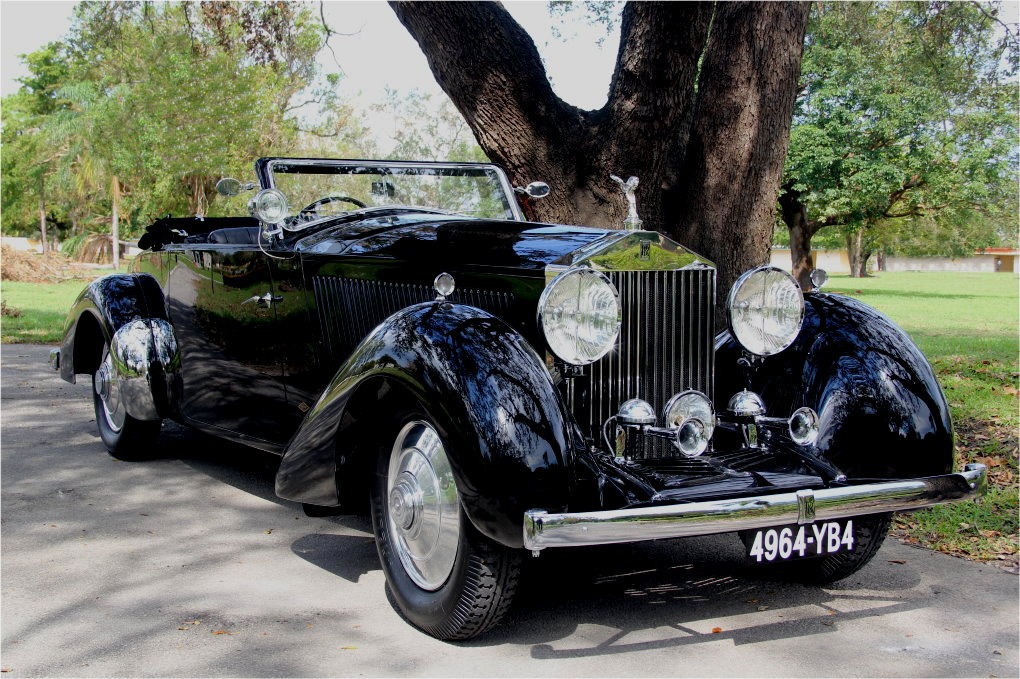
The 7,668cc engine too had come in for extensive revision. The PI’s cylinder dimensions and basic layout – two blocks of three cylinders with an aluminium cylinder head common to both blocks – were retained but the combustion chambers had been redesigned and the ‘head was now of the cross-flow type, with inlet and exhaust manifolds on opposite sides.
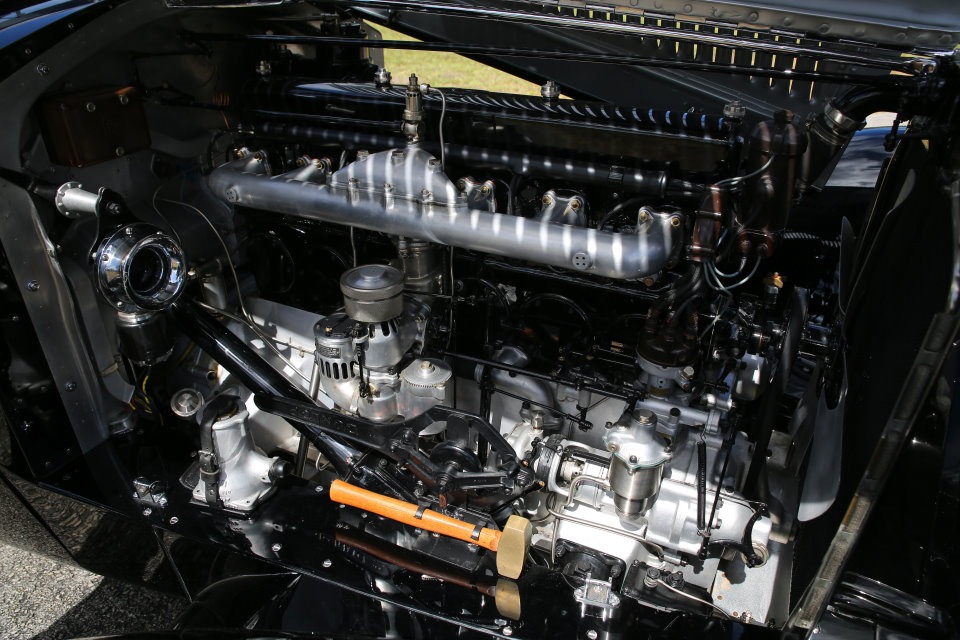
The fresh recent restoration was commissioned by a most respected and widely admired collector with serious international Concours dElegance participation in mind. It has already been pre-invited to several important events.

Like all Phantoms, the Continental was exceptionally well equipped and ofter described as the best in the world. It had more mechanical systems than most models of area with it’s automatic oiling, servo-assisted mechanical drum brakes and remote-control shock absorbers.

The Phantom II ‘Continental’ was birthed from a special order by Mr. Royce who commissioned designer H.I.F. ‘Ivan’ Evernden to build a one-off Phantom on a short-wheelbase. It received modifications to the engine and suspension, and wore a lightweight close-coupled saloon body built by Barker. Upgrades to the engine include a higher-lift camshaft and increased compression, and a taller rear-axle ratio. The suspension received flatter springs for a lower stance, twin Hartford auxiliary dampers in the front for ride control, and a raked steering column.
